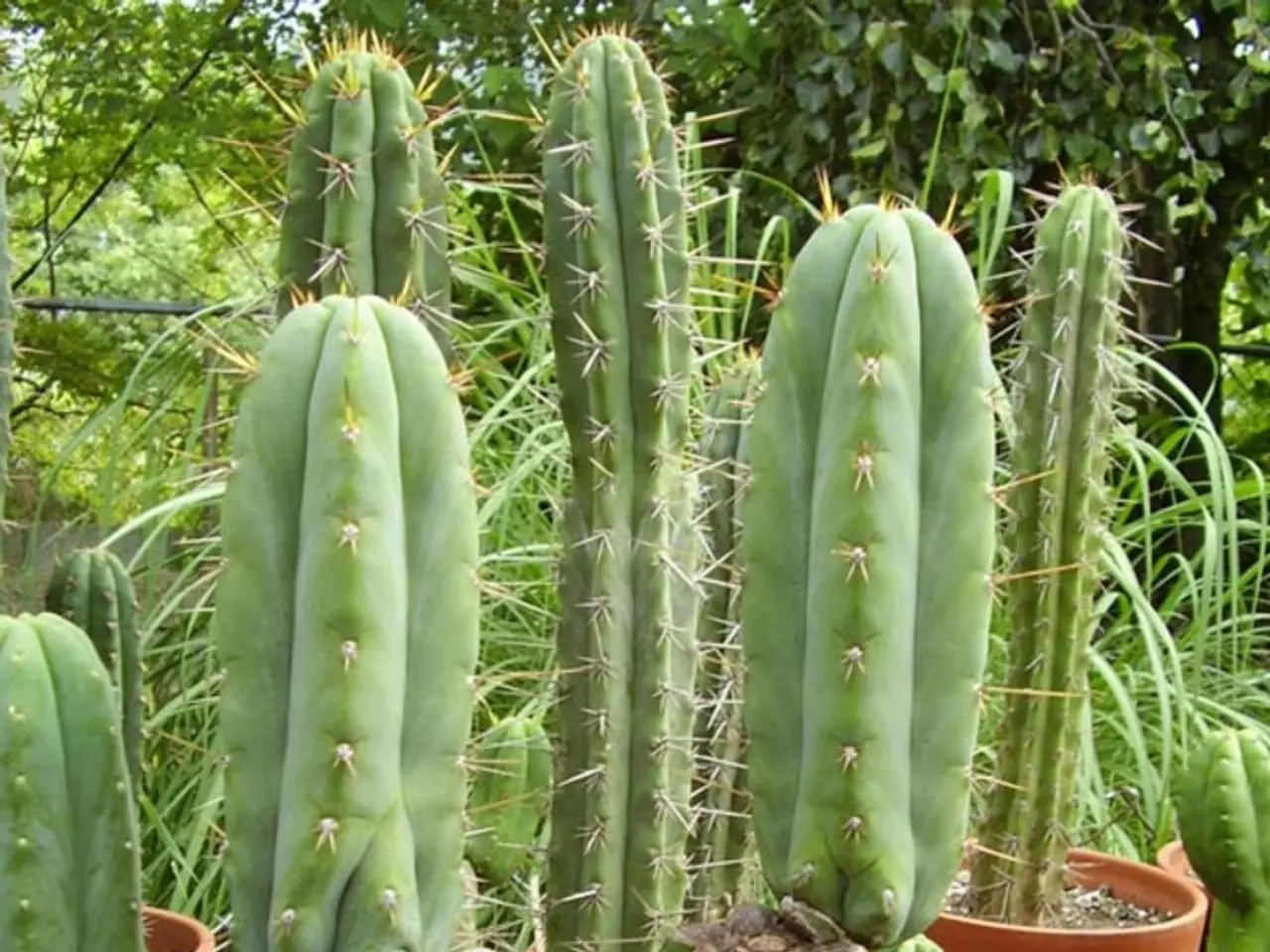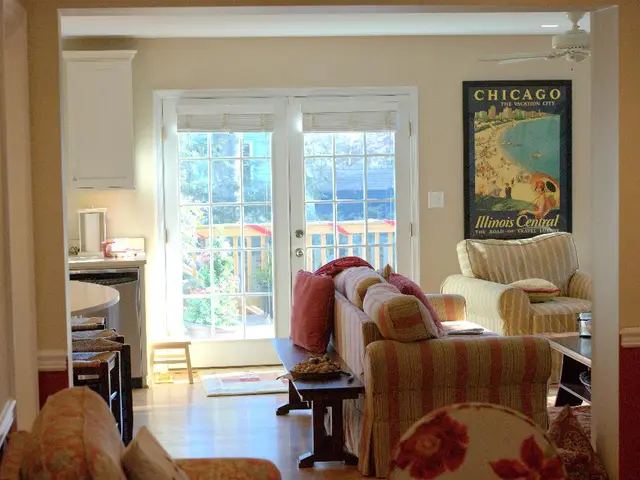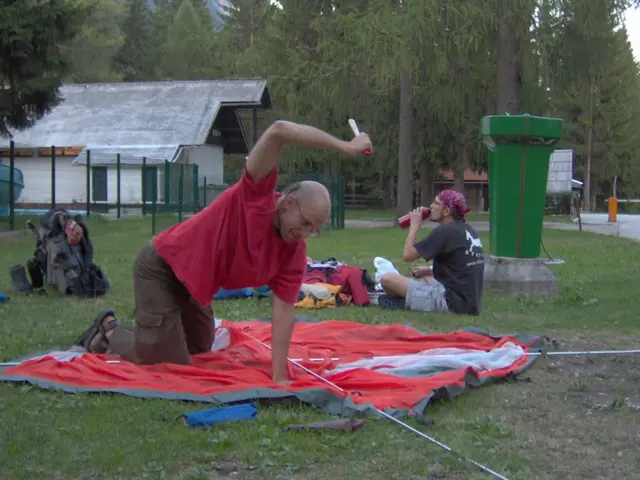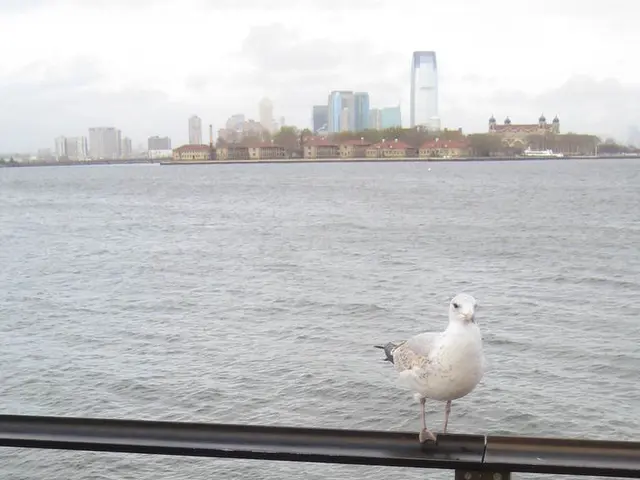Guide to Nurturing Cacti
In the world of gardening, cacti and succulents have gained a significant following due to their unique charm and resilience. Here are some essential tips for potting, maintaining, and propagating these fascinating plants.
To begin with, choosing the right pot is crucial. Opt for a pot that is slightly larger than the plant's current root ball, typically 1 to 2 inches wider in diameter than the previous pot. Avoid pots that are too large, as excess soil can retain moisture and lead to root rot. Cacti and succulents prefer snug pots with good drainage.
Pots with drainage holes are ideal to prevent water from pooling. Terracotta pots are particularly suitable because they dry out quickly and allow air to reach the roots, reducing the risk of rot.
When it comes to soil type, a well-draining mix is essential for cacti and succulents. Commercial cactus mixes or DIY mixes combining equal parts potting soil, coarse sand, and perlite work well. Avoid regular potting soil alone, as it retains too much moisture, increasing the risk of root rot.
Excellent drainage is more important than the potting material for these plants. The soil should be porous and spread over a deep layer of gravel or broken bricks.
When potting a cactus or succulent, first select a pot that is not too large, then put sufficient drainage material in the bottom. Fill it about one-third full with your potting material, and ensure the material you use has good drainage.
If a cactus or succulent plant is top-heavy, a smaller pot can be placed inside a larger pot and filled with gravel to provide a heavy enough base without the risk of rot.
When removing the plant from its pot, be careful with spiny plants. Handle them with a newspaper folded into a narrow band to avoid injury. Regular gloves are not satisfactory as the large spines stab through, and the small spines break off in the glove.
Cacti and succulents require a pot that is as small as possible, with cacti requiring a pot just large enough to fit the plant, and other succulents requiring a pot slightly larger than the root ball.
Spineless succulents appreciate more humus (organic matter) in their potting mix. "Organic" soil, rich in humus, leaf mold, or some other organic material, can be used. Coarse builder's sand or perlite will improve the drainage.
When repotting a plant, gently hold the plant where it should stay and fill the spaces between the plant and the pot with the potting medium. Press the soil gently down around the roots and shake the pot so the soil will settle. Add more soil if necessary. Pack the soil more tightly around old plants than around seedlings.
Cacti and other succulents are easy to propagate. When the plant outgrows its pot, you can propagate it by cutting off the outside of the root ball, including the roots, for root pruning. This can help keep the plant in the same size pot for years.
Lastly, remember to leave space between the top of the medium and the top of the pot for water. Potting cacti and succulents in containers with insufficient drainage can lead to root rot. To improve drainage, make holes larger in clay pots using a hammer and screwdriver, or in plastic pots using a hot knife or ice pick.
With these guidelines, you're well on your way to nurturing a thriving collection of cacti and succulents. Happy gardening!
Cacti and succulents prefer pots that are the right size, with cacti requiring a pot just large enough to fit the plant, while other succulents might need a pot slightly bigger than their root ball. For best results, opt for pots with good drainage, such as terracotta pots, and use a well-draining mix of soil, coarse sand, and perlins.
When repotting cacti and succulents, help retain water by leaving space between the top of the medium and the top of the pot. This prevents water from pooling and minimizes the risk of root rot.




